|
Sunday, May 7, 2006, Tampa's legendary cigar industry fell silent for just a moment as a sign of respect for the death of one of its last chinchaleros (tobacco stand owner)–Vincent Ruilova, age 92. He was better known as Majomia, a Spanish nickname his friends gave him, meaning impatient or restless, describing him perfectly. Vincent was the founder and owner of Vincent & Tampa Cigar Co. for 63 years. Since 1943, his chinchal (buckeye or small factory) had manufactured and sold millions of handmade and machine-made cigars in Ybor City and West Tampa. The owners of these chinchales were known as chinchaleros. Throughout Tampa's unique 120-year cigar history, chinchaleros played a significant role in Cigar City's legacy. Many famous manufacturers like Arturo Fuente and Frank Llaneza began as chinchaleros. Vincent employed only a few tabaqueros (cigar makers), and his name was less famous than some of the prominent manufacturers of his era, like Cuesta Rey, Garcia y Vega, or Antonio Santaella. However, he was well respected by all in the cigar industry for his honesty and devotion to the art of cigar making. His contribution to Tampa's Cigar Heritage was his ability to overcome the many tragic times of this industry and survive years beyond many of those prominent manufacturers of his era. Vincent Ruilova was born in the small village of Panes, Spain, on November 18, 1913, the same village where Cuesta Rey Cigar Co. owner Angel Cuesta was born. When he was six months old, his family immigrated to Tampa, like many Spaniards, to avoid the conflicts in Spain during the early 1900s. His family settled in West Tampa, and he attended school up to the sixth grade. At that point, he needed to find a job to help support his family, like so many other children had to do in those days. At 16 in 1929, when thousands of people were out of work because of the Great Depression, he found a job as an apprentice tabaquero at the Perfecto García Cigar Factory in Ybor City. This meant he had to walk from his home in West Tampa to the factory, about six miles roundtrip daily. At the time, he did not know how fortunate he was to have this job. He soon realized it when seventeen major cigar factories closed their doors in the following two years, leaving thousands of tabaqueros without a job. A tabaquero apprenticeship required the employee to work several factory positions before learning the art of hand cigar making. Vincent began his training as a clerk in the tobacco blending department, where the different types of tripa larga (long filler tobacco) were prepared by wetting, curing, and separating the leaves to make the ligas de tripa (long filler blends). The apprenticeship was hard–he worked 9 to 10 hours a day, six days a week, for which he was paid $7. After learning the necessary skills, he could move to el mojado (the casing department). This was where the capa y banda (wrapper and binder) were processed. Various methods were used to wet and cure the tobacco to enhance its flavor, color, and aroma. The capataz (foreman) was impressed with Vincent's ability to learn quickly and moved him to begin training as a regazador (wrapper selector). Over a year, he had completed extensive training in preparing raw tobacco products for a quality handmade cigar. Vincent was now ready to begin his formal training as a tabaquero in a room where over 200 workers sat side by side, making handmade cigars. There he was taught how to select the right amount of long filler tobacco, place the different types of leaves in his hand to form the body of the cigar and wrap the band around the long filler leaves to finish the bonche (cigar bunch) and place it in a wood cigar mold for the cigar shape being made. As a bonchero (bunch maker), he had to master the skills of making every bonche the correct size and weight for the shape of a cigar being made–and to do it fast enough to produce the number of bonches needed to keep two torcedores (cigar rollers) busy all day long. The final step was to learn how to apply the capa to the bonche and finish the head of the cigar. After 2 1/2 years of training, he finally became un tabaquero completo (a finished cigar maker). Vincent continued to perfect his skills, and after 14 years of working long hours as a tabaquero earning $20.00 to $30.00 per week, he decided he was ready to start his own chinchal. In 1943, he began Fernandez & Ruilova Cigar Co., employing 30 tabaqueros to make Clear Havana cigars (a term used for cigars made with all Cuban tobacco). The first brands produced were Kings Club and Cosmopolitan Club. He later developed the San Vicente brand. As the business prospered, he rented part of the old Arguelles y Lopez Cigar Factory at 2511 21st Street, which was then home of Villazon Cigar Co. Frank Llaneza was the owner of Villazon and became one of Vincent's closest friends. The chinchal continued to grow, and cigar machines were added to make an inexpensive, long filler machine made cigar using Cuban tobacco. By the late 1940s, Vincent kept two 8-hour shifts busy six days a week, making hand and machine-made cigars to meet the demand. In the early 1950s, Vincent bought out Fernandez and, as sole owner, changed the company's name to Vincent Cigar Co. During this time, he acquired the Cuban brand Gioconda and a popular Tampa brand, Ruy Lopez, increasing the number of workers he employed to almost fifty. He began manufacturing cigarettes as well. Vincent did well as a chinchalero. His extensive knowledge allowed him to select the best quality tobacco and to combine different types of tripa larga and capa y banda, developing the unique taste he wanted for his other cigar brands. However, he needed to gain the experience he needed in marketing and sales to take his business to a higher level. In 1975, Edward Demeski, owner of Tampa Cigar Co., joined Vincent as a partner, bringing his Cuban brand La Eminencia and the sales and marketing experience needed. The company's name was changed to Vincent & Tampa Cigar Co., manufacturing cigars for their six brands: Kings Club, San Vicente, Gioconda, Ruy Lopez, La Eminencia, and Cosmopolitan Club. With Demeski's sales experience, they planned to distribute their cigars throughout the country and to develop new types of mass-market, machine-made cigars. After so many years of hard work keeping the chinchal running, it finally looked like Vincent would reach that higher level. However, Edward Demeski passed away from a heart attack shortly after the partnership was formed, and all hopes of marketing their brands nationwide died with him. During the 1980s and 90s, finding experienced tabaqueros was becoming more challenging, and many of Vincent's employees were well above average retirement age: Berta Peláez, 80; Josephina Muñeca Puerta, 82; Antonino Niño LaManna, 94. Even Vincent "Majomia" Ruilova was 77 years old. Most of these employees no longer drove. Vincent or his wife Aida, who also worked at the chinchal as a cigar machine operator, drove them to and from work. By the early 1990s, Tampa's glory days supporting more than 150 cigar factories and countless chinchales were long over. Three major cigar factories (Villazon, J.C. Newman, and Hav-a-Tampa) and only a handful of chinchales–mostly making cigars as a tourist attraction–were left. In 1995, the famed "Cigar Boom" hit, and the entire cigar industry was trying to react to the overwhelming demand for premium handmade cigars. Tampa's handmade cigars were as much in demand as those made in Honduras and the Dominican Republic. The price of raw tobacco products had doubled and tripled overnight. Many smaller manufacturers, even if they could pay the higher costs, needed help getting enough tobacco because of shortages. Unfortunately, the "Cigar Boom" came too late in Vincent's career. He was 82 and couldn't keep up with the sudden demand. As a chinchalero, he had survived 53 years in business by providing his loyal customers with quality handmade cigars at the lowest price possible. Considering his age, the age of his employees, and the high cost of tobacco, he decided the time had come to close his chinchal. Ironically, after all those years struggling to sell his cigars, the demand for them would end his career as a chinchalero. To keep the Vincent & Tampa Cigar Co. legacy alive, Vincent transferred ownership of the business and cigar brands to his sobrino adoptado (adopted nephew), Mario Garrido. A new partnership was formed in 1996 between Mario Garrido and Joe Lubrano, with Vincent "Majomia" Ruilova as the tobacco adviser. The only way they could stay in business was to find someone else to make cigars for their different brands. Vincent had maintained a strong friendship with Frank Llaneza, owner of Villazon Cigar Co. Because of this friendship; Frank agreed to make Vincent & Tampa's handmade cigars in his two factories in Honduras–the same factories that were manufacturing such premium brands as Hoyo de Monterrey, Punch, and Excalibur. With the help of others, Vincent & Tampa Cigar Co. survived another tragic time in its long history. With the sale of Villazon to General Cigar Company a few years later came the devastating news that they could no longer make cigars for Vincent & Tampa. The search was on for another manufacturer who would produce a quality handmade cigar under the Vincent & Tampa brands. In early 1999, the search ended with Carlos Toraño, owner of Central America Tobacco. Carlos Toraño and his son Charlie, manufacturers of renowned premium cigars under their family name, agreed to make all of Vincent & Tampa's brands using the same tobacco blends originally selected by Vincent. Their family-owned business, one of the industry's oldest tobacco-growing families dating back to 1916 in Cuba, had factories in Honduras and Nicaragua. Strong family values and commitment to excellence in the art of cigar making are evident in the success of their brands: Exodus 1959, Casa Toraño, and Virtuoso, to name a few. Who would believe that a prominent cigar manufacturer like Carlos Toraño would someday make cigars for one of Tampa's last chinchaleros? Carlos and Charlie Toraño continue to provide the highest quality tobacco and craftsmanship for Vincent & Tampa's brands. As a final tribute to Vincent's passion and dedication to the art of cigar making, the Toraño's have agreed to develop a new line of premium handmade cigars commemorating the 60th anniversary of the San Vicente brand created by Vincent Ruilova. After all, what better way to honor the memory of a simple chinchalero than through the diligent efforts of his family and friends to continue the tradition he began over 60 years ago? Vincent & Tampa Cigar Co. is presently located at 3103 N. Howard Ave. has on display the original cigar makers' tables, chairs, cigar molds, and wood tobacco casing barrels used by Vincent Ruilova when he produced his cigars in 1943. Vincent & Tampa is now owned by Eric Fulgueria from the JUSTO FULGUEIRA CIGAR MOLD CO. Read their story HERE CIGAR CITY MAGAZINE- SEPTEMBER/OCTOBER 2006 Art & Photography Contributors: Hillsborough County Public Library, Tampa Bay History Center, The Florida State Archives, The Tampa Tribune/Tampa Bay Times, University of South Florida Department of Special Collections, Ybor City Museum Society, private collections and/or writer. MARIO GARRIDOMario Garrido is a West Tampa native and was once the President of Vincent & Tampa Cigar Co. He has worked in the Tampa cigar industry for 40 years and was the Production Manager for Havatampa, a division of Altadis U.S.A., the largest cigar company in the world. FOLLOW CIGAR CITY MAGAZINE
0 Comments
Your comment will be posted after it is approved.
Leave a Reply. |
Archives
June 2013
Categories
All
|
Cigar City is a Florida trademark and cannot be used without the written permission of its owner. Please contact [email protected]
© 2021 Cigar City Magazine. ALL RIGHTS RESERVED.
© 2021 Cigar City Magazine. ALL RIGHTS RESERVED.

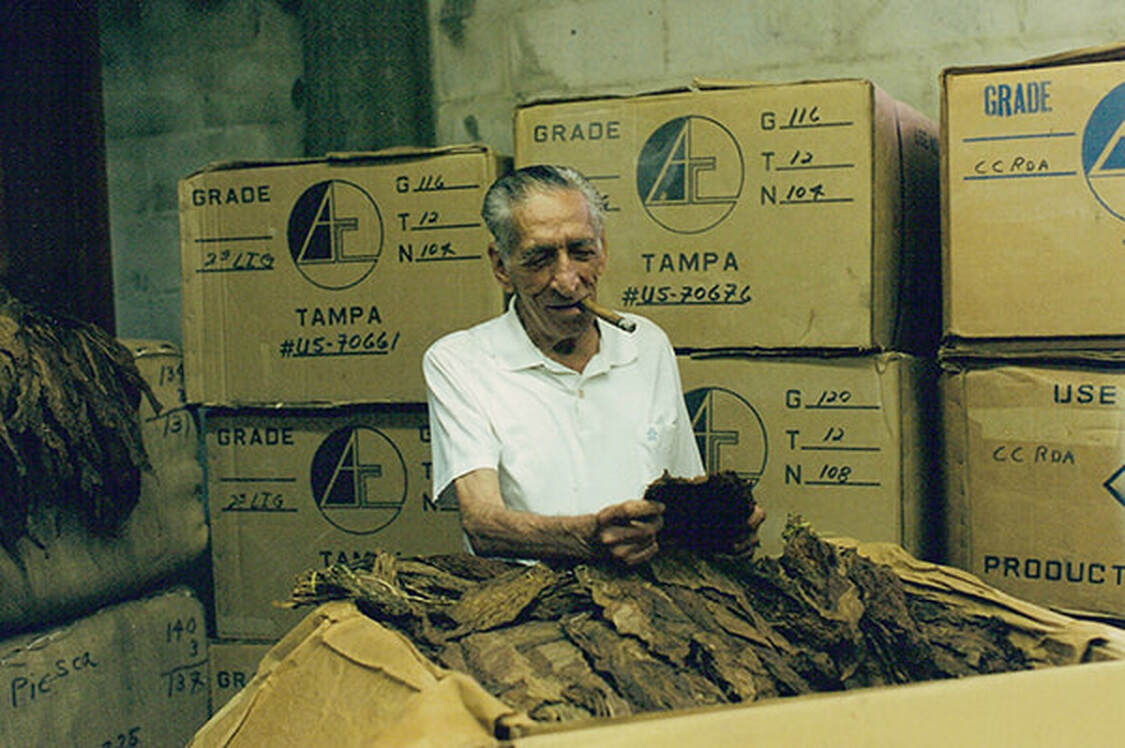
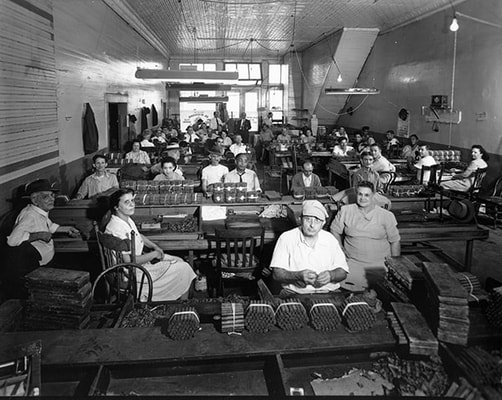
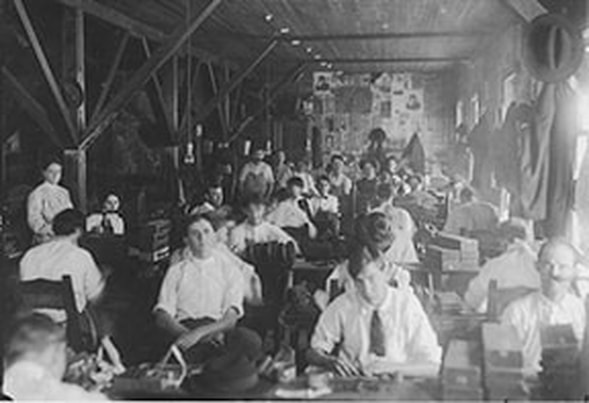
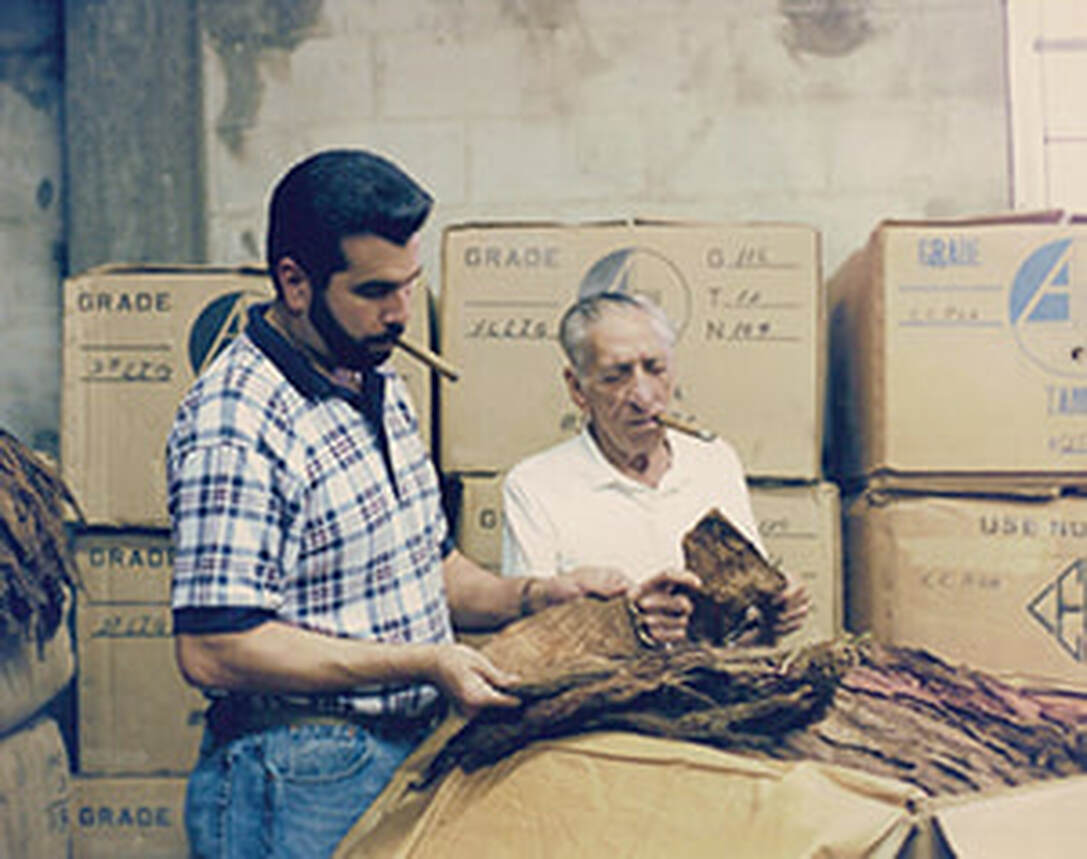
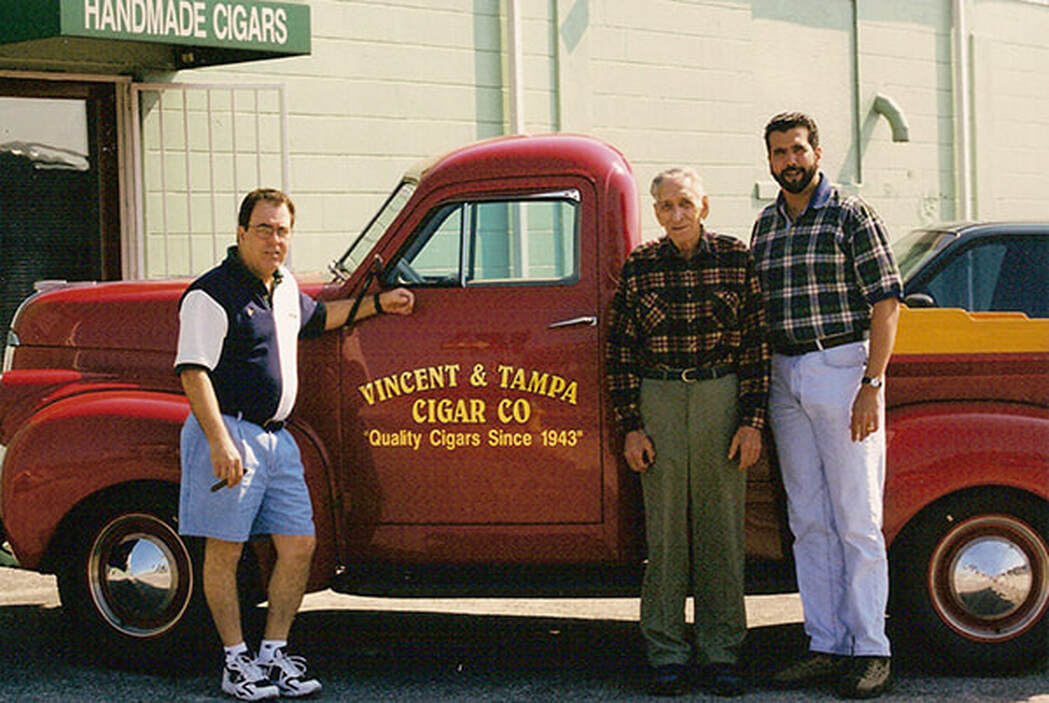
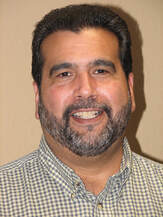
 RSS Feed
RSS Feed